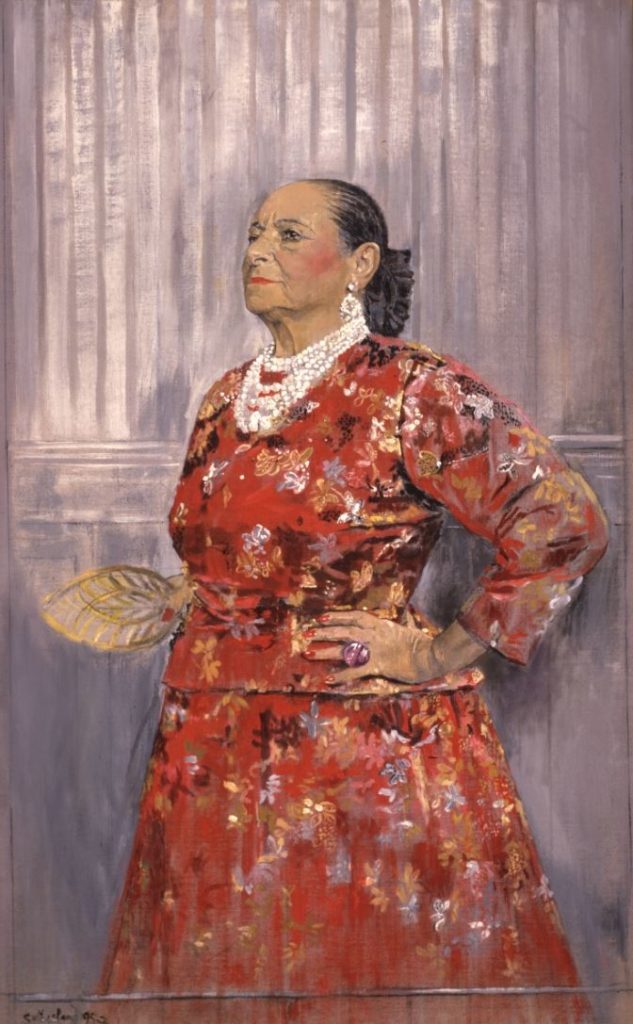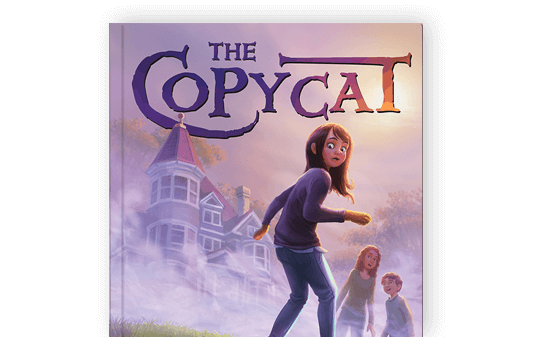There are women and then there are WOMEN.
Helena Rubinstein was a WOMAN.
According to Wikipedia:
Helena Rubinstein (born Chaja Rubinstein; December 25, 1872 – April 1, 1965) was a Polish American businesswoman, art collector, and philanthropist. A cosmetics entrepreneur, she was the founder and eponym of Helena Rubinstein Incorporated cosmetics company, which made her one of the world’s richest women.

Helena Rubinstein, 1957, Graham Sutherland, Oil on Canvas
Upon seeing the portraits Graham Sutherland painted of her, Helena Rubinstein had this reaction (as described in her autobiography, My Life For Beauty (London: The Bodley Head, 1965):
They were both incredibly bold, domineering interpretations of what I never imagined I looked like. I had never seen myself in such a harsh light. Yet later, when they were exhibited at the Tate Gallery, although I scarcely recognized myself through Sutherland’s eyes, I had to admit that as paintings they were indeed masterpieces…One of the portraits was purchased by Lord Beaverbrook for his gallery in Fredericton, Canada. The other thanks in the entrance hallway of my New York apartment. Whenever I have a moment to study it, I wonder…am I really the austere, determined woman Sutherland painted so masterfully?
In The Frame-Up, Helena is not an austere, determined woman, but a convivial host, and a kind friend to Mona Dunn. Indeed, her painting is one of Mona and her friend Clem’s favourite places to visit. Helena plays a key role in the story, telling Mona and Clem about one of the most famous art thefts in the world, the theft of the Mona Lisa from the Louvre.
Madame Rubinstein chuckled and placed a heavily ringed hand on Mona’s shoulder. “The paintings here are superstititous, that is all. They do not like his methods. But if Director Dinger does not mind, why should I?”
“Do you think we can trust Sneely?” Clem asked.
“Is anyone trustworthy, Clement Cotterell? We are all human and therefor frail.”
I can’t wait until you can read The Frame-Up and meet Helena Rubinstein!
